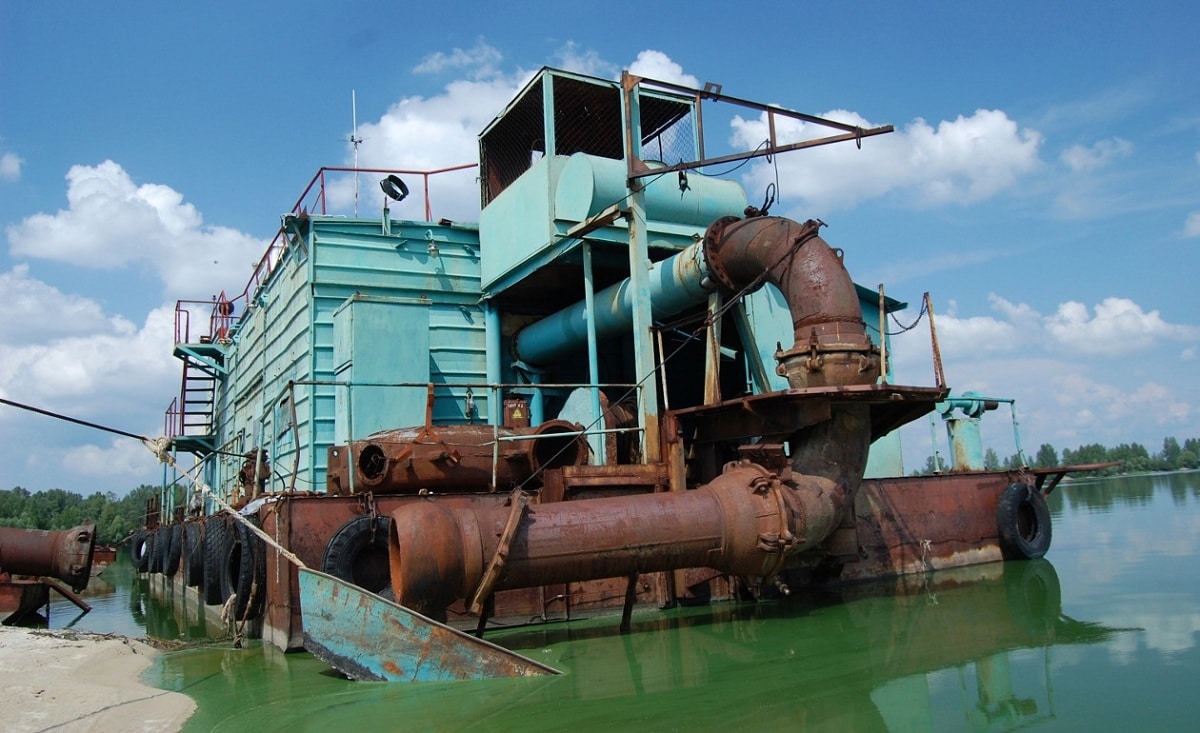
Lake Karachay is a fascinating natural wonder that holds many enigmatic facts. Located in the southern Ural Mountains of Russia, this seemingly serene lake hides a dark secret beneath its tranquil surface. Known as one of the most polluted bodies of water on Earth, Lake Karachay has earned a reputation as the most radioactive and toxic lake in the world. Its toxic conditions have made it a symbol of environmental disaster and serve as a chilling reminder of the dangers of nuclear pollution. In this article, we will delve into the mysteries and dangers surrounding Lake Karachay, uncovering eight enigmatic facts that will leave you both intrigued and disturbed.
Key Takeaways:
- Lake Karachay is the deadliest lake on Earth due to its extreme toxicity from nuclear waste, making it uninhabitable for any form of life and posing a significant threat to human health.
- The Kyshtym disaster near Lake Karachay in 1957 caused a catastrophic nuclear explosion, releasing radioactive material into the air and earning the lake the world record for toxicity.
Deadliest Lake on Earth
Lake Karachay, located in Russia, holds the grim title of being the deadliest lake on Earth. It is so extremely toxic that standing near its shores for just a few minutes would result in certain death. This radioactive lake is a poignant reminder of the dangers of nuclear activities and the devastating consequences they can have on the environment.
Nuclear Waste Dumpsite
Lake Karachay has been used as a dumping ground for radioactive waste for many years. The Soviet Union used this lake to dispose of nuclear material during the Cold War era. The dangerous contamination levels in the lake make it an eerie and hazardous place to be, posing a significant threat to human and aquatic life.
Radioactive Hotspot
The radioactive levels in Lake Karachay are extremely high, making it a dangerous hotspot. The lake’s radioactivity is estimated to be almost 4 million times higher than the level considered to be lethal for humans. It serves as a chilling reminder of the devastating impact of nuclear disasters.
Explosive Past
In 1957, an incident known as the Kyshtym disaster occurred near Lake Karachay, resulting in a catastrophic nuclear explosion. The explosion released a significant amount of radioactive material into the air, contaminating the surrounding areas. This incident is considered one of the most severe nuclear disasters in history.
Uninhabitable for Life
The extreme toxicity of Lake Karachay has rendered it completely uninhabitable for any form of life. The high levels of radiation have eradicated any chance of plant or animal life surviving in or around the lake. It serves as a haunting reminder of the devastating consequences of nuclear pollution.
Deadly Radioactive Winds
Due to the extreme toxicity of Lake Karachay, radioactive winds blowing over the lake have the potential to cause severe health issues or even death. The radioactive particles can be carried by the wind for many miles, posing a significant threat to anyone in their path.
Restricted Access
Access to Lake Karachay is highly restricted due to the extreme hazards it presents. Signs warning about the lake’s lethal properties are posted to deter any unauthorized entry. The area surrounding the lake is heavily guarded to prevent accidental exposure to the lake’s deadly radiation.
World Record of Toxicity
Lake Karachay holds the unfortunate world record for being the most toxic body of water on the planet. Its extreme levels of radiation have earned it a notorious reputation worldwide, serving as a chilling reminder of the devastating consequences of nuclear waste and pollution.
Conclusion
In conclusion, Lake Karachay is a truly enigmatic and fascinating natural wonder. Its extreme toxicity, high radioactivity, and deadly history make it one of the most dangerous bodies of water on Earth. Despite its hazardous nature, Lake Karachay serves as a stark reminder of the consequences of human activity and the need for environmental conservation. The scientific research and efforts to contain and clean up the lake are crucial for the future of this region and the preservation of its ecosystem. As we continue to explore and study the mysteries of Lake Karachay, it is evident that nature’s beauty can sometimes hide its dangerous secrets.
FAQs
1. Is it safe to swim in Lake Karachay?
No, it is extremely dangerous and highly toxic to swim in or even go near Lake Karachay. The lake’s radioactive contamination poses serious health risks and can be fatal.
2. What is the main cause of Lake Karachay’s extreme toxicity?
Lake Karachay’s extreme toxicity is mainly due to decades of radioactive waste dumping from nearby nuclear facilities. This has resulted in the contamination of the water and the surrounding area.
3. Can anything survive in Lake Karachay?
Due to its high radioactivity, it is highly unlikely that any form of life can survive in Lake Karachay. The lake is considered to be a “dead zone” with no visible aquatic life.
4. Is there any ongoing effort to clean up Lake Karachay?
Yes, there have been efforts to contain and clean up Lake Karachay. Various measures, including the construction of a concrete cap to prevent further pollution, have been implemented to mitigate the environmental damage.
5. Can Lake Karachay’s radioactivity affect the surrounding areas?
Yes, Lake Karachay’s radioactivity can affect the surrounding areas. The contamination can spread through air, water, and soil, potentially causing health issues and environmental damage to neighboring regions.
Was this page helpful?
Our commitment to delivering trustworthy and engaging content is at the heart of what we do. Each fact on our site is contributed by real users like you, bringing a wealth of diverse insights and information. To ensure the highest standards of accuracy and reliability, our dedicated editors meticulously review each submission. This process guarantees that the facts we share are not only fascinating but also credible. Trust in our commitment to quality and authenticity as you explore and learn with us.
